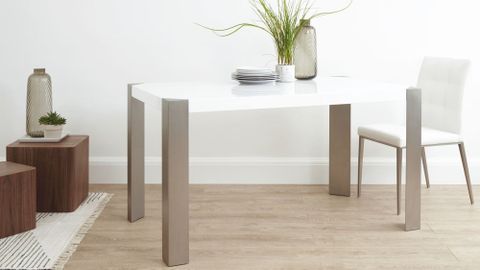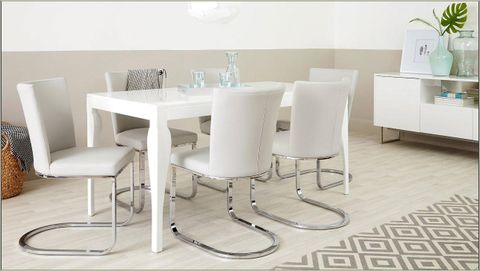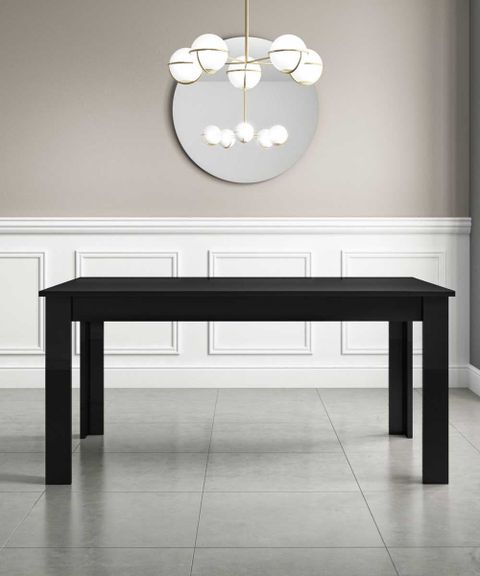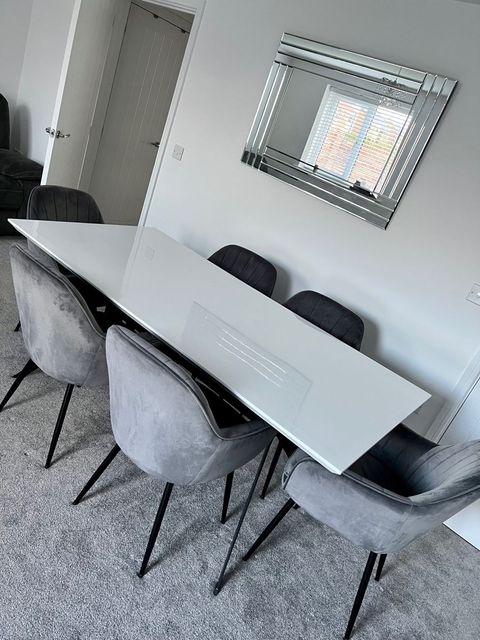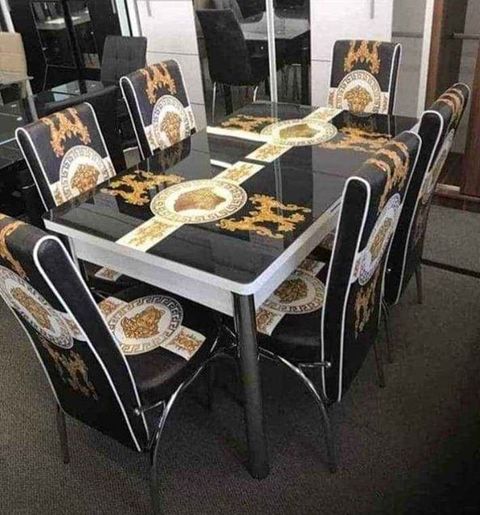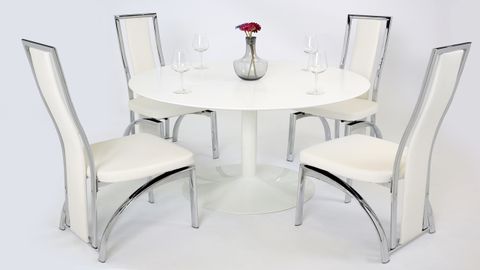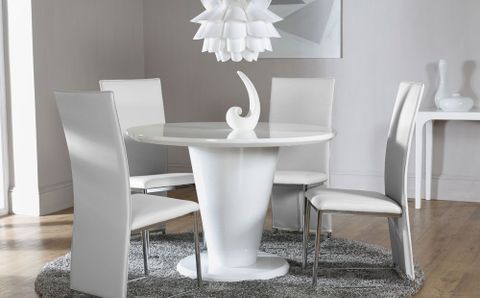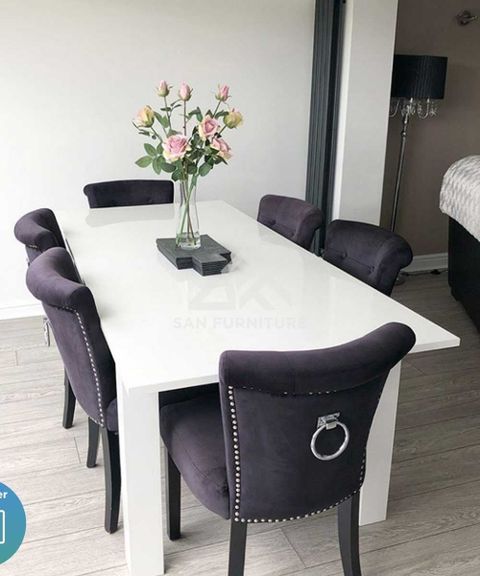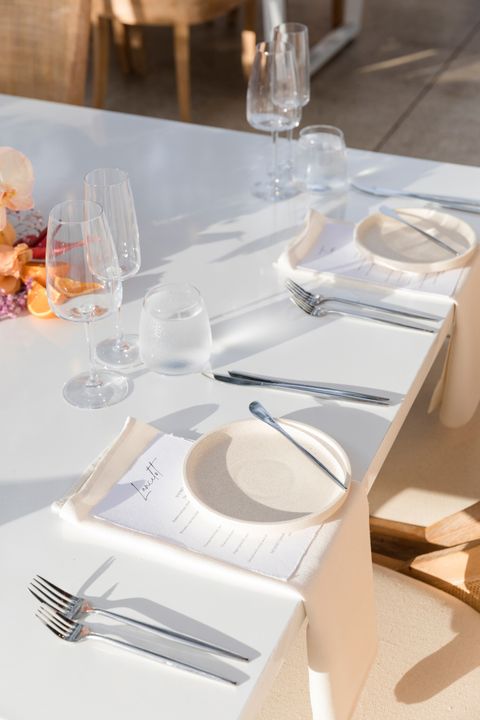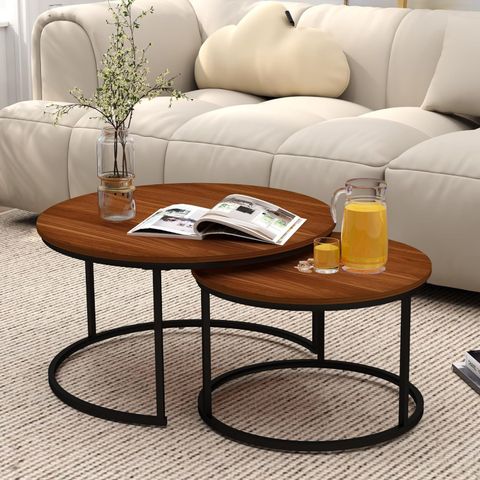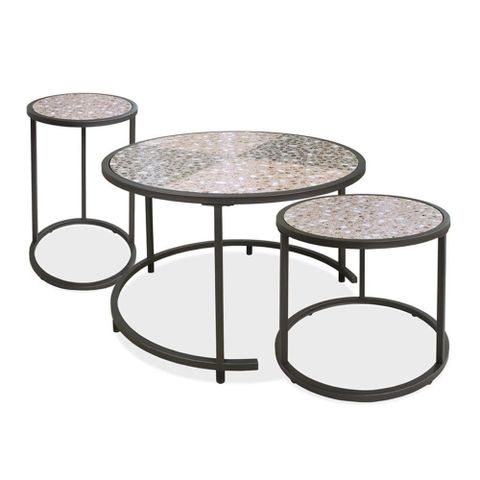Imagine walking into a room where the centerpiece isn’t just furniture—it’s a conversation starter, a visual anchor, and a reflection of taste. That’s exactly what happens when you encounter a white gloss dining table. These sleek, shiny surfaces have quietly revolutionized how we think about our dining spaces, transforming simple meal times into elegant experiences.
White gloss dining tables might seem like a modern phenomenon, but their story stretches back decades. What started as a practical kitchen necessity has evolved into a powerful design element that speaks to our desire for clean lines, timeless appeal, and sophisticated aesthetics. Whether you’re planning a complete home renovation or simply looking to refresh your dining area, understanding this evolution helps you make informed choices about your space. These tables don’t just hold your dinner plates—they hold the history of modern interior design itself.
Origins in Mid-Century Modern Design
The white gloss dining table’s journey began in the mid-1900s when designers started experimenting with new materials and finishes. During this era, the focus shifted from ornate, heavy wooden pieces to something lighter, more functional, and visually striking. White gloss emerged as a perfect compromise between durability and beauty. The glossy surface reflected light beautifully, making smaller rooms feel larger and more open. This was particularly important during post-war rebuilding periods when people needed both practicality and hope in their homes. Think of those classic designs from brands like Vitra and Knoll—they set the stage for what was to come.
The Rise of Minimalism
As we moved into the 1970s and 80s, minimalism became the dominant design philosophy. White gloss tables perfectly embodied this aesthetic with their clean lines and uncluttered appearance. They offered a blank canvas that allowed other design elements to shine while maintaining their own sophisticated presence. The contrast between the smooth, reflective surface and textured elements like wood chairs or woven textiles created visual interest. This period saw the emergence of the "modern dining room" concept, where function and form worked hand-in-hand. The table became less about displaying food and more about creating an atmosphere.
Material Innovation and Craftsmanship
The 1990s brought exciting developments in manufacturing technology. New materials like melamine and high-pressure laminates allowed for more consistent finishes and better durability. These innovations meant that white gloss tables could be produced at scale while maintaining quality. Designers began incorporating subtle textures and variations in the glossy finish to add depth without compromising the clean look. The craftsmanship improved dramatically too, with attention to edge treatments, joint construction, and overall finish quality becoming crucial selling points. Today’s manufacturers often use computer-controlled processes to ensure every table meets exacting standards.
Color Psychology and Emotional Impact
White gloss tables aren’t just about looks—they tap into powerful psychological responses. White naturally evokes feelings of cleanliness, freshness, and spaciousness. The glossy finish adds a sense of luxury and sophistication that can elevate any room. Studies in environmental psychology suggest that light-colored surfaces can make small spaces feel more expansive, which is why many urban dwellers love them. The reflective quality also creates a sense of movement and energy, making the dining area feel alive rather than static. Consider how a white gloss table in a small apartment can instantly transform the entire room’s ambiance.
Versatility Across Different Styles
One of the most remarkable aspects of white gloss dining tables is their adaptability. They seamlessly blend with traditional, contemporary, industrial, and eclectic design schemes. In a minimalist setting, they provide the perfect neutral base. When paired with warm wood tones, they create beautiful contrast. In Scandinavian interiors, they complement the clean lines beautifully. Even in rustic settings, a white gloss table can serve as a surprising focal point. The key lies in how you style around it—with appropriate lighting, complementary seating, and thoughtful accessories. Many designers now recommend them as a versatile foundation that can evolve with changing tastes.
Contemporary Trends and Future Directions
Today’s white gloss dining tables show incredible diversity despite their classic appeal. We’re seeing variations in size, shape, and specialty finishes that cater to different lifestyle needs. Some feature integrated storage solutions, others incorporate smart technology elements, and some experiment with unusual proportions. Sustainability has become increasingly important, with many manufacturers using eco-friendly materials and processes. The future seems to favor customization options, allowing homeowners to choose specific finishes, sizes, and features. Smart integration is also emerging, with some tables featuring built-in charging stations or wireless connectivity options. The evolution continues, always staying true to its core principles of elegance and functionality.
The white gloss dining table has undergone quite the transformation since its early days. From simple kitchen workhorses to sophisticated design statements, these tables represent more than just furniture—they embody shifting cultural values, technological advances, and evolving lifestyles. Whether you’re drawn to their timeless appeal or their modern versatility, there’s no denying that white gloss dining tables have secured their place in contemporary interior design. As we move forward, they’ll likely continue adapting to our changing needs while maintaining the essential qualities that make them so universally appealing. The next time you sit down for dinner, take a moment to appreciate not just the meal, but the beautiful table that brings everything together.

